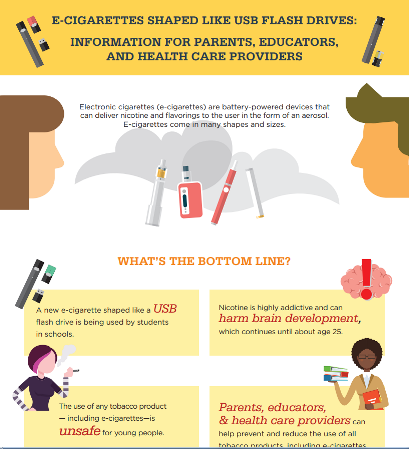Electronic cigarettes (e-cigarettes, vapes) are not risk-free. While generally considered less harmful than combustible cigarettes for adult smokers who completely switch, significant health concerns exist. Understanding these and employing strategies to minimize risks is crucial.
Primary Health Harms
Key risks associated with e-cigarette use include:

- Nicotine Addiction: Most e-cigarettes contain highly addictive nicotine, harming adolescent brain development and sustaining addiction in adults.
- Respiratory Issues: Inhalation of aerosols can cause throat irritation, coughing, wheezing, and exacerbate asthma. Severe lung injury (EVALI) has been linked to certain additives, primarily vitamin E acetate in THC-containing products, but other components remain under investigation.
- Cardiovascular Risks: Nicotine elevates heart rate and blood pressure, increasing the potential for cardiovascular events, especially in those with pre-existing conditions.
- Exposure to Toxins: E-cigarette aerosol contains potentially harmful substances like ultrafine particles, heavy metals (lead, nickel), volatile organic compounds, and carcinogens. Flavorings, particularly diacetyl, are linked to serious lung disease (“popcorn lung”).
- Youth Health: Use by youth and young adults impacts brain development, increases addiction risk, and may serve as a gateway to cigarette or other substance use.
- Other Concerns: Battery explosions causing injury, accidental poisoning (especially from liquid nicotine ingestion by children), and unknown long-term effects.
Essential Fast Action to Avoid Risks
Mitigating risks requires specific actions:
- Youth Avoidance: Children, teens, and young adults should never use e-cigarettes. Brain development vulnerability is highest during this period.
- Non-Smoker Avoidance: If you do not smoke tobacco, do not start using e-cigarettes. The associated risks and addiction potential outweigh any perceived benefits.
- Cessation Tool Caution: While potentially useful for some smokers quitting, e-cigarettes are not FDA-approved cessation devices. Explore approved options like NRT or medications first. If using for cessation, commit to a complete switch plan with a clear end date.
- Avoid Illicit Products: Never use THC-containing e-cigarettes, particularly those obtained informally or from illicit sources, due to the high risk of EVALI.
- Prevent Accidental Exposure: Store e-liquids securely away from children and pets. Use child-resistant packaging and handle devices carefully.
- Reduce Harm Potential: If choosing to use, avoid dual use with cigarettes (which significantly increases harm), limit frequency and duration, avoid deep inhalation, stay hydrated, and consider using products with known ingredients (though safety isn’t guaranteed).
- Consult Professionals: Discuss concerns, risks, and cessation options with a doctor or qualified healthcare provider.
The safest choice for non-users is avoidance. For adult smokers unable or unwilling to quit using approved methods, complete switching may reduce harm compared to continued smoking, but cessation remains the gold standard for health.









